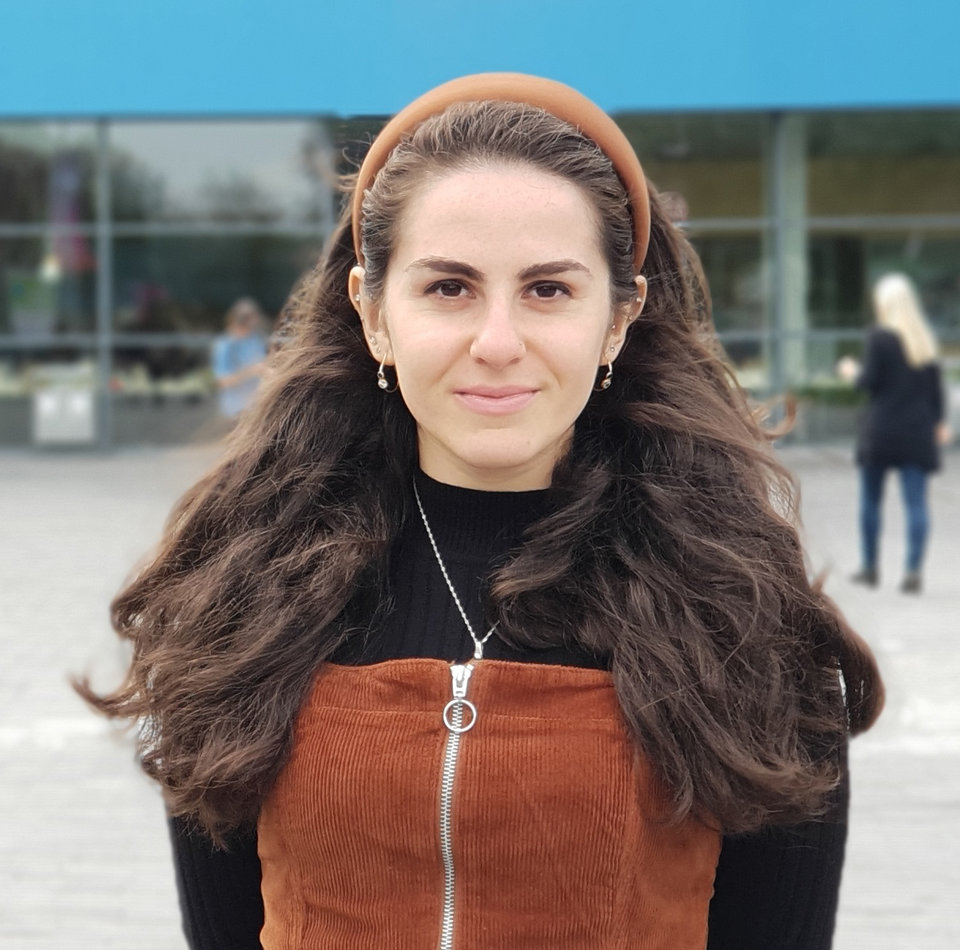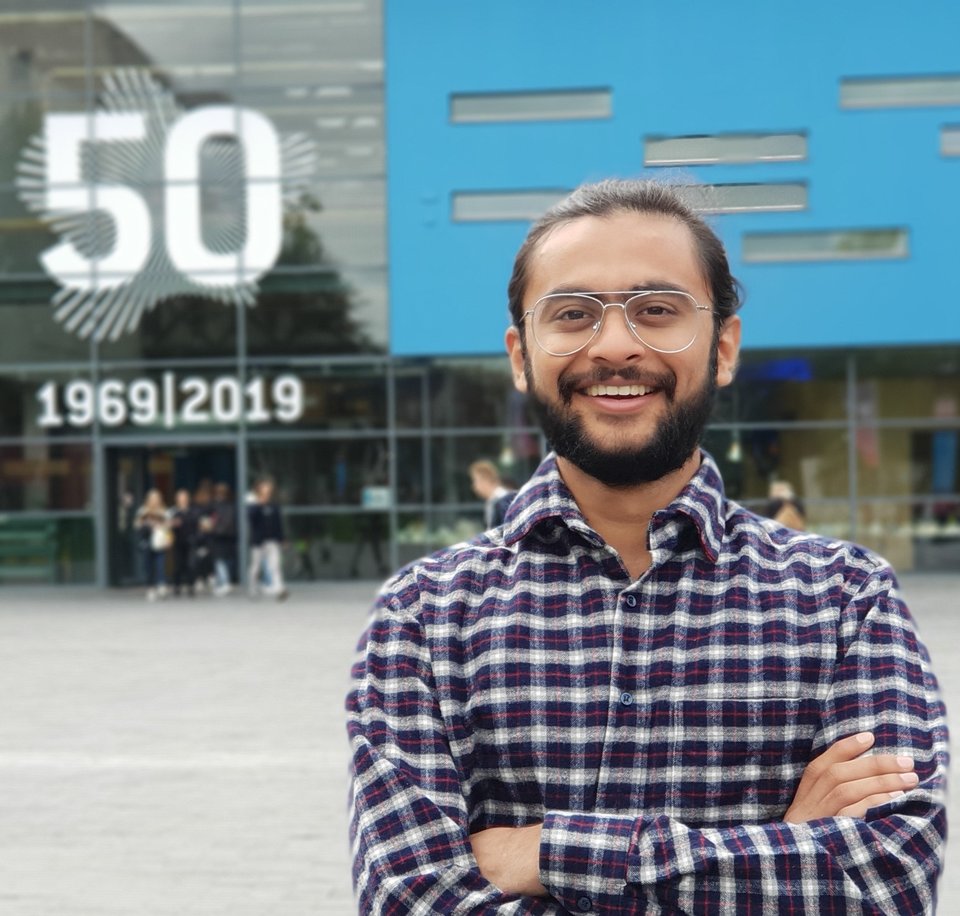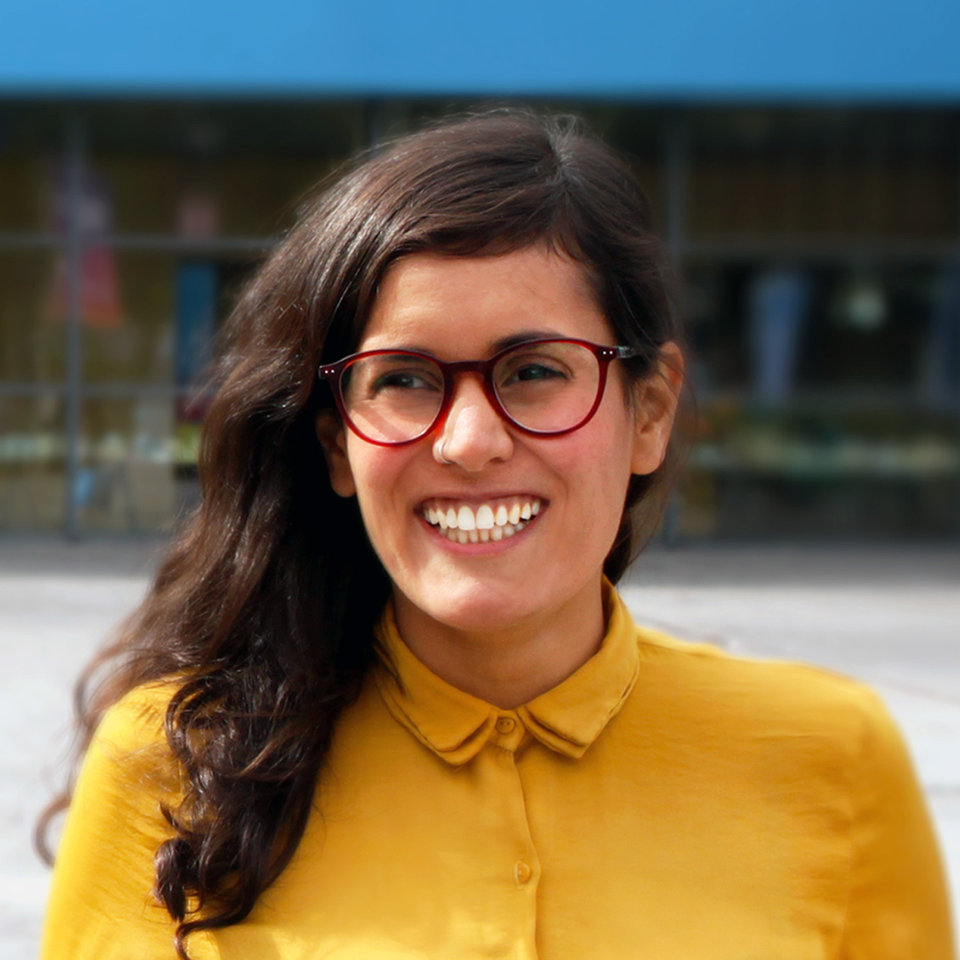Current projects

Iconic products: beyond the definition. A new way for sustainability
Giulia Bacchi (SPD, HPM-15)Coach: Paul Hekkert
Every day in the world hundreds of new products make their appearance on the market, while others disappear inexorably. We do not have time to get used to a product that is immediately replaced by a new model in terms of aesthetics and technology. However there are items that manage to pass the test of time, resisting fashions and generations. These are products like Piaggio's Vespa or Alessi's Juice maker by Philip Starck. These are the iconic products. But what makes them iconic? Is their appealing? The meaning attached to them? Is the geniality of the designer? Discover what makes them iconic, what makes them evergreen can help us in framing a new way of intend sustainability and have more meaningful and durable products on the market.

Enabling designers to become authentic professionals
Ishit Patel (SPD, HPM-15)Coach: Ehsan Baha
We all are the same in the sense we belong to the same specie but we are all different in the sense that we originate from different cultures and we all have unique pasts. Our past makes us who we are today and restricts us in who we can be tomorrow. As designers, our strength lies in being who we are and expressing ourselves thorugh the designs we make. That's what sets each one of us apart. But in this world of continuous competition and judgement, can we be authentic in our expressions? Can we be authentic professionals? The research revolves around authenticity of a designer and how can it manifest in the professional world.

Fostering Citizen Engagement in Participation through ‘safe-spaces’
Malena Lopez Rayez (SPD, HPM-15)Coach: Ingrid Mulder
One of the approaches widely explored to engage citizens in city-making projects is Participatory Design, the increase of the use of these methodologies, have brought the need of training new capabilities in the public servants, so they can apply and sustain their application. In this context, one of the relevant characteristics that the participatory spaces need to provide is an environment in which citizens feel welcome so that they can express their worries, needs, and desires. I refer to this kind of spaces as ‘safe-spaces’. Therefore the focus of this research is the capabilities public servants need, so they can provide 'safe-spaces' to citizens to engage during the participation process, and what are the characteristics of these spaces.

Enhancing participants' benefits in PD
Alberto Magni (DfI, HPM-14)Coach: Ingrid Mulder
Users are at the core of participatory design practices, as it is the element of participation. This research started with wondering what participation actually meant from the perspective of participants. How they perceived it, what was meaningful to them and, eventually, how it changed them. I explored further the effects and gains that participation could have on users, in order to find out a more concrete guidelines designers could follow to enhance benefits for participants through these type of projects.

Impact of competition in innovation within startups
Anirban Roy (SPD, HPM-15)Coach: Erik Jan Hultink
Since the moment we are part of a community, group or society, we adopt their traditions, expressions and therefore, their culture and the manifestations of it. This process was happening (and still is happening) to each one of us. This phenomenon affects an important aspect of what makes us living beings: Senses. The goal of this research is to understand how our sensorial memory shaped by the societies we belong can be used to understand our interactions, dynamics and attitudes towards different experiences.